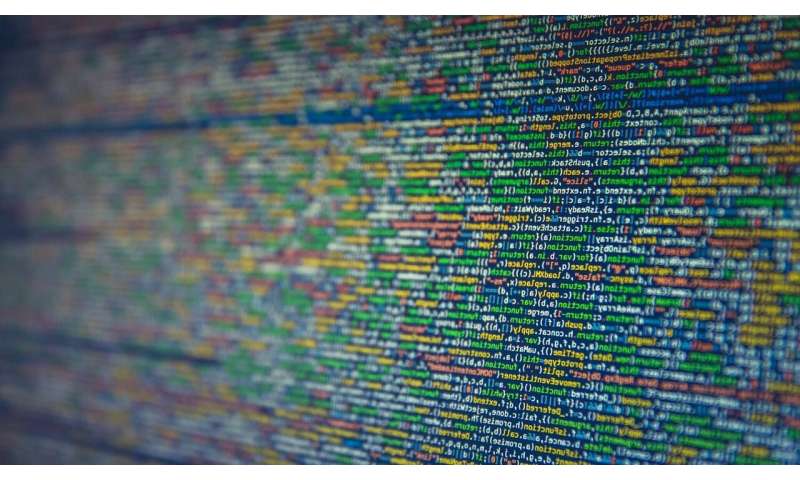Managing data flow to boost cyber-physical system performance
Source: Matt Shipman
 Researchers from North Carolina State University have developed a suite of algorithms to improve the performance of cyber-physical systems—from autonomous vehicles to smart power grids—by balancing each component's need for data with how fast that data can be sent and received.
Researchers from North Carolina State University have developed a suite of algorithms to improve the performance of cyber-physical systems—from autonomous vehicles to smart power grids—by balancing each component's need for data with how fast that data can be sent and received.
"Cyber-physical systems integrate sensors, devices, and communications tools, allowing all of the elements of a system to share information and coordinate their activities in order to accomplish goals," says Aranya Chakrabortty, co-author of a paper on the new algorithms and a professor of electrical and computer engineering at NC State. "These systems have tremendous potential—the National Science Foundation refers to them as 'enabling a smart and connected world' – but these systems also pose challenges.
"Specifically, the physical agents in a system—the devices—need a lot of communication links in order to function effectively. This leads to large volumes of data flowing through the communication network, which causes routing and queuing delays. These delays can cause long waiting times for the agents to take action, thereby degrading the quality of the system. In other words, there's so much data, being passed through so many links, that a system may not be able to accomplish its established goals—the lag time is just too long."
This creates a dilemma. Reducing communication can hurt the quality of the system's performance, because each element of the system will be operating with less information. On the other hand, reducing communication means that each element of the system would be able to get that information more quickly.
"So, it's all a trade-off," Chakrabortty says. "The right balance needs to be struck between all three variables—namely, the right amount of communication sparsity, the optimal delay, and the best achievable performance of the agents. Striking this fine balance to carry out the mission in the best possible way while also ensuring safe and stable operation of every agent is not easy. This is where our algorithms come in."
Chakrabortty and graduate student Nandini Negi developed three algorithms that, taken together, reduce the overall number of data requests from each node in a system, but ensure that each node receives enough information, quickly enough, to achieve system goals.
"There is no one-size-fits-all solution that will apply to every cyber-physical system," Negi says. "But our algorithms allow users to identify the optimal communications solution for any system."
The paper, "Sparsity-Promoting Optimal Control of Cyber-Physical Systems over Shared Communication Networks," is published in the journal Automatica.
| }
|